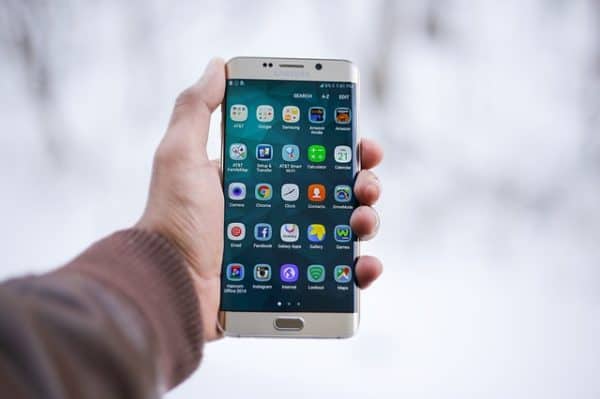When it comes to app development, there are a lot of myths and misconceptions rooted among the general population – starting from it being easy to develop an app to it being easy for users to find the said app.
Many myths are broken when people actually start getting involved in the process. Even when you hire mobile application developers, you have to have some realistic standards. You can’t get a top-quality app with many features in the budget of a single feature demo.

Once the app is ready, people think that all it takes is a click of the button to get your app online and ready to be consumed. It isn’t like uploading your YouTube video. There is more to it than you might think.
There are more than 1.9 million applications in the App store. What do you think are the chances of your app making it? From more than 10K applications submitted each day, which will be either acknowledged or dismisses for any reason, what do you think is needed for your application actually to make it?
There are many reasons and explanations behind the dismissal of your application by Apple App Store. But, there are some basic guidelines you can follow to make sure that your app isn’t dismissed for some trivial reason.
Here are the said guidelines to submit your iOS app efficaciously on the Apple App Store:
- Your app should not crash – This is the basics of your app being ready. Test it as many times as needed to make sure it does not crash before you present it as ready to use.
- You should not repeat the functionalities of native apps – If your application brings nothing new, then there is no reason for your app to be accepted. Make sure that there are features that are unique to your app.
- You should not use private APIs – Private APIs aren’t listed in the official documentation and hence are not intended to be used by app developers. Make sure you stick to the official documentation and use public APIs documented in the SDK.
- Only use genuine artwork that is either copyright-free, or you have the copyright of – Make sure that all the content you are using on your app doesn’t cause copyright infringement in any way.
- You should not use the microphone or camera without user knowledge – Make sure to respect the privacy of the user and not have any invasive features that can access to other functions of the phone without user knowledge.
What to do if Your App is Rejected?
If your app is rejected even after following these guidelines, don’t worry as you can always enquire with the Apple Resolution Center. Here you can communicate with Apple, acquire information about your app rejection, resolve them, and make your app ready for resubmission.
Remember that the review process can take some time, and if your app needs a time-sensitive bug-fix or a feature release, you can always request for an expedited review.
Final Thoughts
As you plan and develop your application, make sure to follow these guidelines as a necessary step for the preparation of the app submission process. Being as thorough and transparent about your process and practices is essential to not be targeted.
 Gearfuse Technology, Science, Culture & More
Gearfuse Technology, Science, Culture & More


